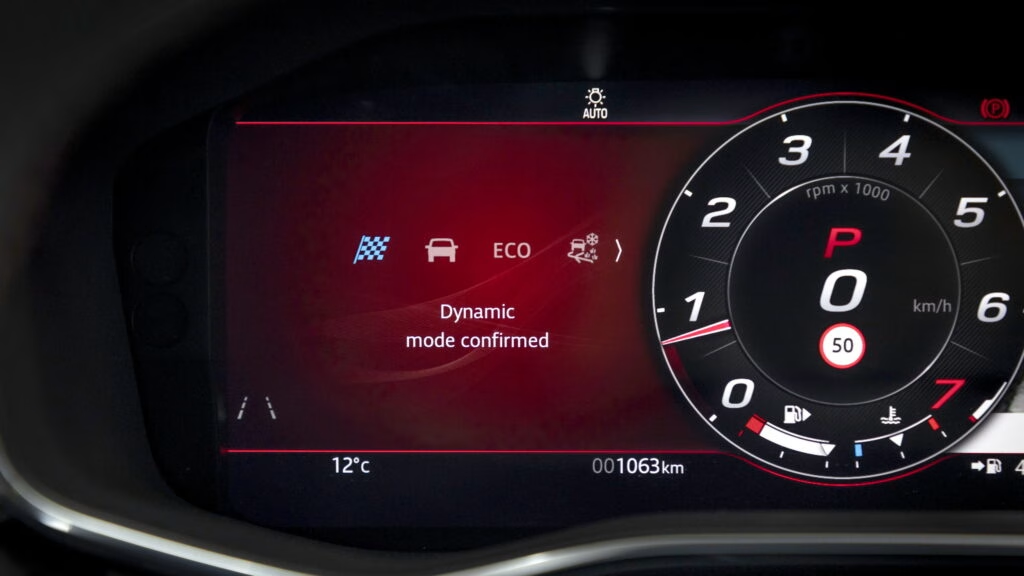How Did a Teen End Up Pulled Over Three Times in Four Hours?
Picture this: a 19-year-old behind the wheel of a Jaguar F-Pace, barreling down Australia’s Hume Highway. Not once, not twice, but three times in under four hours, police pulled her over for speeding. It sounds like something out of a movie, but for Jade Muscat of Sydney, it was a very real—and very costly—road trip.
Her journey began with a simple goal: visit family in Melbourne. But the first stop came quickly, when police clocked her at more than 20 km/h over the 110 km/h speed limit. She got a fine and, surprisingly, was allowed to continue. Most drivers would take that as a wake-up call. Not Jade.
What Happens When You Ignore a License Suspension?
Just an hour later, Jade’s luck ran out again. This time, Highway Patrol caught her Jaguar F-Pace flying at 215 km/h—nearly double the speed limit. That’s not just a ticket; it’s an instant license suspension and a court date for dangerous driving. Police even confiscated her number plates and slapped a notice on her windshield, making it clear: this car’s not going anywhere.
But here’s where things really went off the rails. Two hours after her second stop, reports came in about a black SUV weaving through traffic—no plates, same highway. Police set up ahead, radar at the ready, and clocked her at 201 km/h. After a brief chase, she finally pulled over. Her reason? She needed to see her family in Melbourne.
What Are the Legal Consequences for Repeat Dangerous Driving?
By this point, Jade was facing a laundry list of charges: driving with a suspended license, tampering with a police notice, dangerous driving, and operating a vehicle during a confiscation period. Police recommended her Jaguar be permanently forfeited to the state—a harsh but not uncommon penalty in Australia for extreme repeat offenders.
According to the Australian Bureau of Infrastructure and Transport Research Economics, excessive speed is a factor in nearly 30% of fatal road crashes nationwide. Laws have tightened in recent years, with many states introducing immediate license suspensions and vehicle impoundment for high-range speeding. In New South Wales, for example, exceeding the speed limit by more than 45 km/h can mean a six-month license suspension on the spot, plus hefty fines and possible jail time for repeat offenders.
Why Do Some Drivers Take Such Big Risks?
It’s easy to chalk up this kind of behavior to youthful recklessness, but there’s more at play. Psychologists point to a mix of factors: a sense of invincibility, peer pressure, and sometimes a lack of understanding about just how dangerous high-speed driving can be. The allure of a powerful car like the Jaguar F-Pace—a luxury SUV with over 500 horsepower in its SVR trim—only adds fuel to the fire.
But the consequences are real. Not just for the driver, but for everyone else on the road. At 200 km/h, a vehicle covers more than 55 meters every second. Reaction times shrink to almost nothing. One wrong move, and the result could be catastrophic.
How Do Police Respond to Repeat Offenders?
Australian police have stepped up their game in recent years, using unmarked cars, aerial surveillance, and automatic number plate recognition to catch speeders. In Jade’s case, the confiscation of her plates and the vehicle itself is part of a broader strategy to deter repeat offenders. According to a 2023 report from the National Road Safety Partnership Program, vehicle impoundment has been shown to reduce reoffending rates by up to 40% among high-risk drivers.
There’s also a growing emphasis on education and intervention, especially for young drivers. Programs like the Australian Graduated Licensing Scheme require new drivers to log supervised hours and pass multiple tests before earning full driving privileges. Still, as this case shows, enforcement remains a crucial piece of the puzzle.
What Can We Learn from This Wild Ride?
Jade Muscat’s story is a cautionary tale, but it’s also a window into the challenges of road safety enforcement. The temptation to push limits—especially with a fast car and a long drive ahead—can be strong. But the risks and consequences are even stronger.
The big takeaway? Safe driving isn’t about perfection—it’s about smarter adjustments. Start with one change this week, and you’ll likely spot the difference by month’s end. Maybe it’s checking your speed a little more often, or just remembering that getting there safely is always better than getting there fast. The road’s not going anywhere, but your future might—if you don’t respect it.

